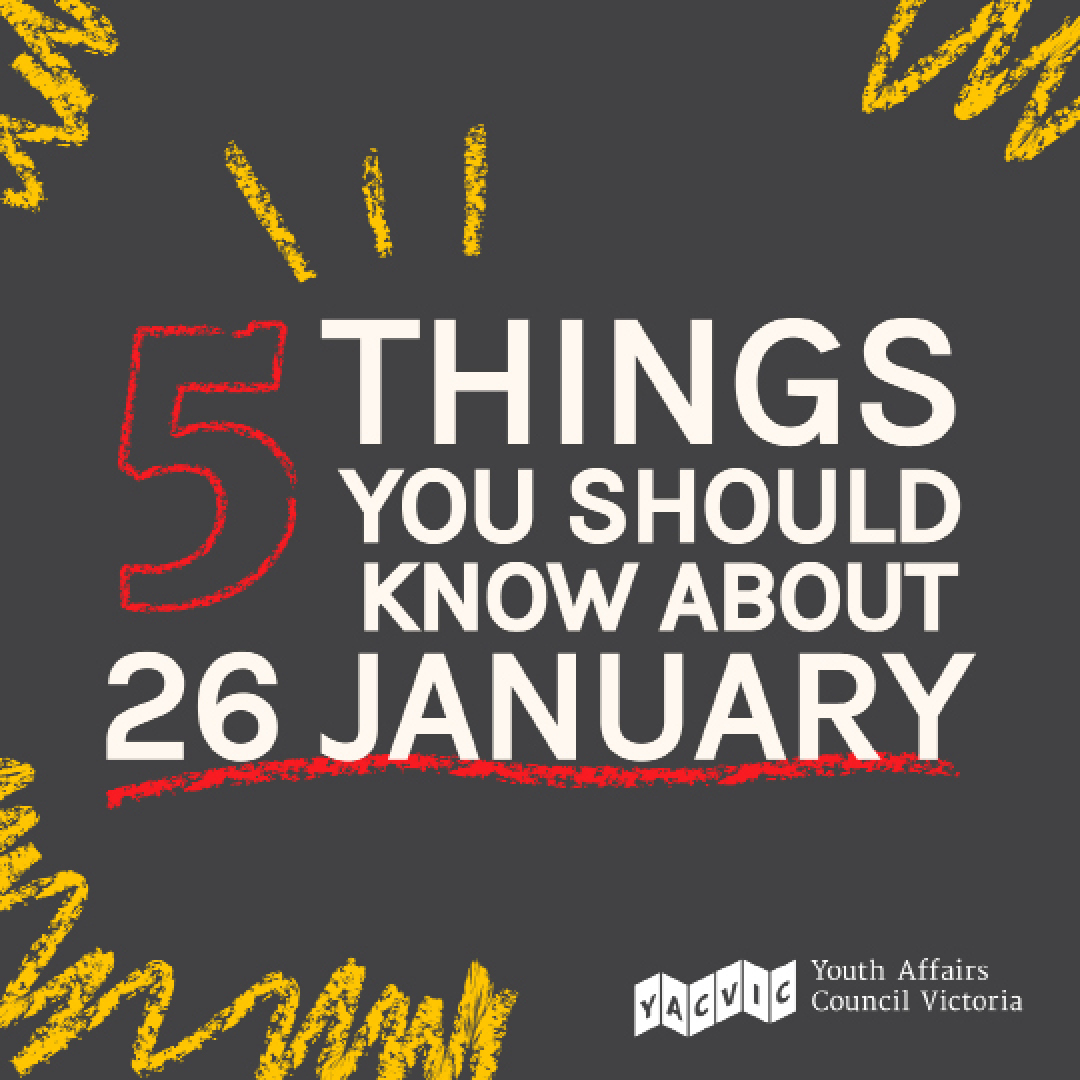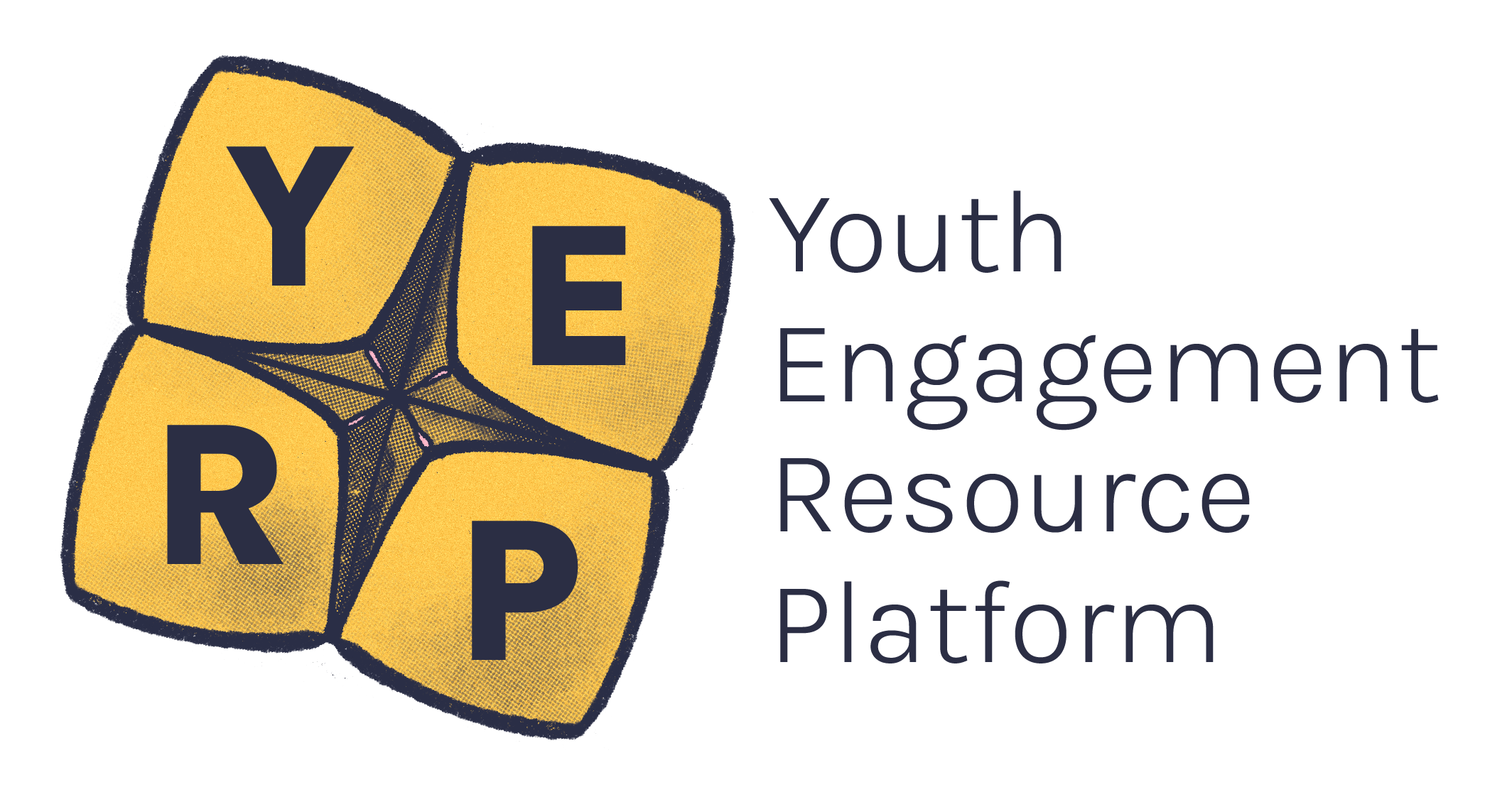Content Warning: Aboriginal and Torres Strait Islander readers are advised that this article, and some links, includes the names of people who have now entered the Dreamtime. It also includes some accounts of racist events.
In recent years there has been increasing controversy and debate about Australia Day being celebrated on 26 January. The date marks the attempted removal and erasure of Aboriginal and Torres Strait Islander people from their land and culture. Calls to change or abolish the date have been growing, so here are five points to help you understand the truth and history behind the date.
1. It is not as deeply rooted in Australian history as you might think.
26 January marks what Britain considers the ‘official’ beginning of colonisation, the day Captain Arthur Phillip raised the Union Jack. But a ‘national holiday’ was not even celebrated nationally until the ‘Australian Natives Association’ - a group of white men born in Australia – petitioned in 1935 for a public holiday on the Monday closest to 26 January.
Even so, 26 January itself only became a public holiday in 1994 – it is not much older than us young people. This is a tactic of colonisation: the myth of a ‘sacred history’ we are told extends longer than it does and erases those who came before it.
2. It was first protested as a ‘day of mourning’ in 1938.
A silent march on Sydney on Eora Nation was the first public demonstration for a day of mourning. It was also an important moment for full citizenship rights for Aboriginal people.
It was a protest against the government forcing Aboriginal people to participate in a re-enactment of Captain Phillip’s proclamation. When Aboriginal male singers and dancers in Sydney refused, those from Menindee mission were forcibly taken to Sydney, locked up at Redfern and threatened until they relented to perform.
‘Re-enactments’ of the events of 26 January, 1788 continued right up until 1988, when over 40,000 people marched on Sydney in protest of the bicentenary event. This was the largest protest in Australia since the Anti-Vietnam War demonstrations. Not only have these re-enactments been degrading, they were also historically inaccurate.
3. It is the day the Aboriginal Embassy was established in 1972.
On 25 January, 1972, Prime Minister McMahon rejected land rights claims in favour of land ‘leases’ to Aboriginal people. In response, the day after, Aboriginal activists Billy Craigie, Tony Coorey, Michael Anderson, and Bert Williams travelled from Sydney to Canberra, and set up a beach umbrella and a tent on Ngunnawal country at the Parliament House lawns with the sign ‘Aboriginal Embassy’.
The Embassy has faced multiple attacks and forced removals by the Government, yet has survived to exist today and continue the fight for land rights and sovereignty.
You should also learn about several other land rights movements. Some stories to start with are the Yirrkala Bark Petitions of the Yolngu people, the Wave Hill Walk Off and subsequent action of the Gurindji people, the Larrakia petition, Torres Strait Islander Eddie ‘Koiki’ Mabo’s Native Title Act, Wiradjuri woman Isabel Coe’s Coe v Commonwealth, and the Pitjantjatjara people's struggle for land rights against the radioactive contamination of Maralinga.
Currently, you can get involved in Aboriginal-led fights for lands and waterways justice, such as:
- The Djab Wurrung Embassy’s resistance to the Victorian Government’s plan to destroy 80,000-year-old sacred trees
- Our Islands, Our Home campaign to the United Nations against rising sea levels, led by Torres Strait Islanders
- SEED Mob’s Don’t Frack the NT to ban fracking of shale gas
- Pay the Rent, a grassroots model for non-Indigenous people to pay restitution in acknowledgment of Indigenous peoples’ sovereignty
4. It is a complex date which Aboriginal and Torres Strait Islander people have a diverse range of views.
Alternative to the title ‘Australia Day,’ 26 January is referred to by other names like ‘Invasion Day’, ‘Day of Mourning’ and ‘Survival Day’. These preferences can be personal to how an Aboriginal or Torres Strait Islander person relates to and reflects on the date. There is a similarly wide diversity in opinion on if the date should be changed or abolished altogether. Learn more about what 26 January means for Aboriginal people by watching this video:
26 January is a day of pain, not celebration, for Aboriginal people. People who aren’t Aboriginal or Torres Strait Islander should respect this and not ask them to ‘explain’ further.
5. It is one day out of 365 to act in solidarity.
Understanding what 26 January means is an important step, but that alone won’t achieve reconciliation or racial justice. If you are a non-Indigenous person who feels compelled to act by the discussion around this date, bring that same energy the other 364 days of the year. Have you had conversations about truth-telling with your friends and family? Do you read, listen to and watch things by Aboriginal and Torres Strait Islander voices? Have you connected with your local Aboriginal Community Controlled Organisation? Do you make an active effort to buy from Blak-owned businesses?* Are you showing up in ways that Aboriginal people are actually asking you to, even when it’s uncomfortable?
Remember, change starts with the decisions you make and the work you do each day. White Australia not only has a Blak history, but a Blak future.
Further Reading
1. Deadly Story, ‘The 1988 Bicentenary Protest’. Retrieved from https://www.deadlystory.com/page/culture/history/The_1988_Bicentenary_Protest
2. Howard, J. (2020). ‘Where did Australia Day Come From?’, ABC News. Retrieved from https://www.abc.net.au/news/2020-01-26/australia-day-history/11901780
3. National Museum of Australia, ‘Defining Moments: Aboriginal Tent Embassy’. Retrieved from https://www.nma.gov.au/defining-moments/resources/aboriginal-tent-embassy
4. Pearson, L and Verass, S. (2017) ‘10 things you should know about January 26’, Retrieved from https://www.sbs.com.au/nitv/article/2017/01/18/10-things-you-should-know-about-january-26-nitv




